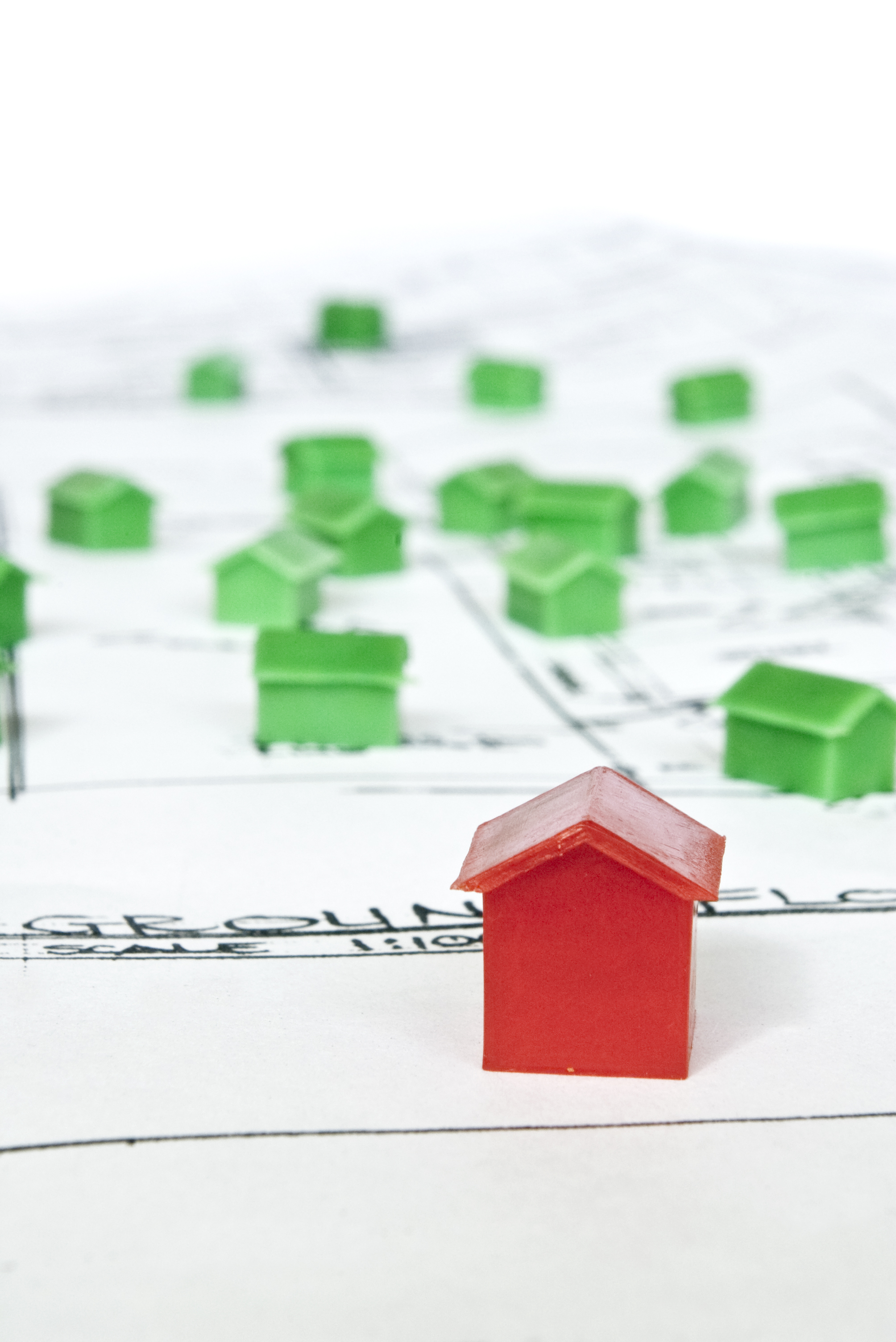Building Resilient Neighbourhoods 2013
 The Building Resilient Neighbourhood project has just released a report on Strengthening Neighbourhood Resilience: Opportunities for Communities and Local Government highlighting some of the research and approaches that have been explored along with lessons emerging from the beginning phases of the project.
The Building Resilient Neighbourhood project has just released a report on Strengthening Neighbourhood Resilience: Opportunities for Communities and Local Government highlighting some of the research and approaches that have been explored along with lessons emerging from the beginning phases of the project.
What is community resilience? Resilience is our ability to respond and adapt to change in ways that are pro-active, that build local capacity, and that ensure essential needs are met. According to the Government of Australia: “Resilient communities have a high level of social capital. That is, mutual trust, social norms, participation and social networks. Resilient Communities also possess the necessary resources such as strengths and abilities, required to overcome vulnerabilities and adapt positively to change.”
 Once thought of to only encompass a community’s ability to respond after major disaster, there is increasing recognition that capacity for resilience requires strengthening and building cohesiveness in existing communities to create the infrastructure and capacity to deal with future threats, including addressing social inequities and strengthening social ties. “Community resilience involves a philosophical shift in relations between the state and civil society that changes the parameters of how local communities organize and act”
Once thought of to only encompass a community’s ability to respond after major disaster, there is increasing recognition that capacity for resilience requires strengthening and building cohesiveness in existing communities to create the infrastructure and capacity to deal with future threats, including addressing social inequities and strengthening social ties. “Community resilience involves a philosophical shift in relations between the state and civil society that changes the parameters of how local communities organize and act”
Building resilience in communities is likely to involve moving away from a single-issue perspective on planning, developing a better understanding of systemic relationships within the community, and taking a coordinated approach to addressing complex social problems.
A “resilience lens”:
- Considers how to mobilize and sustain pro-active community response to the most significant risks
- Looks at the whole community as interacting systems
- Engages all citizens – resilience affects everyone
- Leadership typically comes from multiple sectors
- Identifies priorities based on their impacts on strengthening long-term adaptive capacity
 Based on the above principles, the Building Resilient Neighbourhoods project uses a ‘place-based’, neighbourhood focus (rather than an ‘issue-based’ focus) to support people and groups in neighbourhoods to build resilience at the local level.
Based on the above principles, the Building Resilient Neighbourhoods project uses a ‘place-based’, neighbourhood focus (rather than an ‘issue-based’ focus) to support people and groups in neighbourhoods to build resilience at the local level.
One theme that has emerged from participants in the project so far is the importance of comprehensive approaches to neighbourhood and community building. The project has heard that “better and more frequent connecting across issues or sectors such as food security, renewable energy, affordable housing, and community social cohesion, with a goal of fostering collaboration through a resilience lens, is something many communities recognize as a key need.”
The project has drawn on research originally conducted by the Canadian Centre for Community Renewal to identify characteristics of resilient neighbourhoods:
- Positive attitudes and values
- Proactive and ongoing leadership development and planning
- A localized economy
- A high degree of local access to and collective ownership of resources and assets.
Some of the key characteristics of resilient neighbourhoods include: connection between neighbours; residents’ sense of belonging and identity; respect for diversity; inclusion; and neighbourhood attitudes.
Local governments, community organizations, and neighbours/community members each have roles to play in developing resilience in a community. Roles for community organizations include:
- Acting as local connectors, connecting people’s gifts and assets
- Community-building programming (intergenerational, intercultural)
- Neighbourhood communications systems
- Services to support marginalized people and foster inclusion
- Community engagement processes that foster networking and community-building
- Asset mapping
Community organizations can also assist in encouraging neighbourhood activities that promote connection and building social capital, such as block parties, tool/garden sharing, book boxes, community dinners, etc.

Social capital is a key indicator of resilience in communities. The report references three types of social capital. Bonding Capital is the close tie between people in similar situations (e.g. family & close friends) that builds trust, reciprocity and a shared sense of belonging and identity. Bridging Capital, the looser ties with similar people (e.g. casual friends, colleagues and social networking contacts) enables broad sharing of innovations. Linking Capital helps ensure that people with different levels of power and status meet and learn from one another.
Resilient neighbourhoods require physical infrastructure that enables essential needs to be met close to home: local access to food, affordable shelter for all residents, renewable energy, and reduced energy use, along with ownership and control of essential services both as a means of reducing community vulnerability and as potential sources of revenue. “By focusing on increasing local control and ownership of key resources, businesses, and finance, communities are able to build their own resilience and decrease their vulnerability to external pressures.”
The report references the Victoria neighbourhood of Fernwood and the work of the Fernwood Neighbourhood Resource Group Society in growing community and building neighbourhood capacity through revitalization of once-derelict property to provide affordable housing.
The T’Souke First Nation has prioritized energy security and a sustainable future for their community as priorities and has developed an action plan based on energy autonomy, food self-sufficiency, cultural renaissance and economic development.
As well as providing many stories of community building in action, the report gives links to a range of websites and toolkits for use in building resilient neighbourhoods.
Click here to learn more about resilient communities and to access this report.
